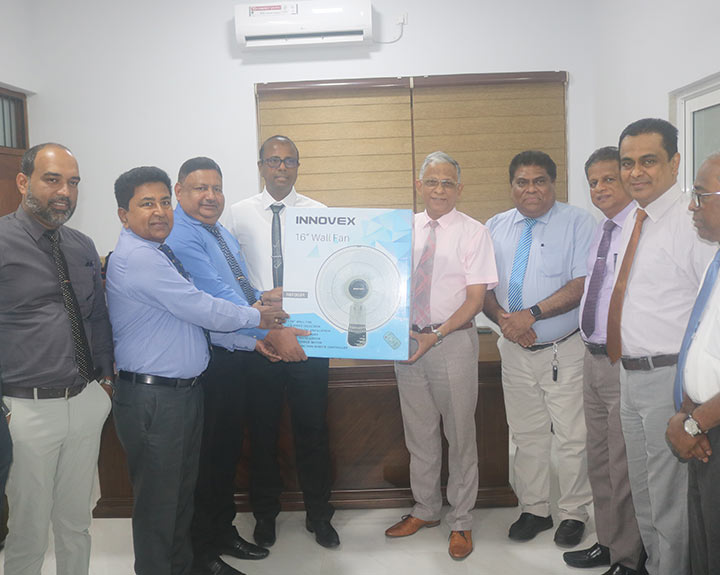It should be informed to the Sri Lanka Eye Donation Society’s head office over the telephone 001-2692051, 2698040/41/43 no matter if the person was from any part of the country. The Sri Lanka Eye Donation Society is initiating action to inform the relevant technician of that area and direct him/her to the location.
Donation of eyes should be within 04 hours of death and for tissue within 12 hours.
There are several branches available all over the Island, attached with specially trained technicians and we are in a position to obtain eyes & tissues from any part of the country. However to obtain tissues the society is sending technicians from the head office.
No, it’s not necessary the dead person has signed or not a consent form, relations or guardians have the right to donate eyes & tissues of a dead person.
Since the Sri Lanka Eye Donation Society is open for 24 x 7 days throughout the year, eyes & tissues can be donated at any time.







































